Ultra-wide zoom lenses are the thick end of the wedge, at least when it comes to viewing angles. With zoom ranges starting at just 8mm for APS-C format lenses, and 11mm or 12mm for full-frame, you can shoehorn vast areas of a scene into the image frame. It’s great for shooting sweeping landscapes or architecture, and arguably even more useful when shooting indoors, where space is limited and your back’s up against the wall.
Another key attraction of ultra-wide lenses is that you can create images with extraordinary perspective effects. Get in close to the main subject in a scene and you can massively exaggerate its relative size, against a shrunken and rapidly receding background. Parallel lines appear to converge at alarming rates and shots generally get a proper wow factor.
Another bonus is that short focal lengths equate to huge depths of field. Unlike in portraiture, where it’s often favourable to blur the background, wide-angle lenses enable you to keep very close subjects and the distant horizon simultaneously sharp.

Distortion effects
Some lenses deliver a 180-degree viewing angle but these are curvilinear or ‘fisheye’ optics. They’re renowned for their extreme barrel distortion. By contrast, all of the lenses in this round-up are rectilinear, aiming to keep distortions to a minimum.
It’s sometimes said that photographers often only use this type of lens at or near its shortest focal length. However, many ultra-wide zooms give almost no distortion at mid-range to long zoom settings. You can therefore enjoy much less distortion towards the long end of the zoom range, especially compared with using a ‘standard’ zoom lens at a matching focal length.
Most APS-C format ultra-wide zooms have variable aperture ratings, with their widest available apertures shrinking toward the longer end of the zoom range. By contrast, most up-market full-frame lenses are constant-aperture designs, maintaining either f/2.8 or f/4 widest apertures at all available focal lengths. Naturally, combining wide viewing angles with wide aperture ratings requires very large-diameter front elements, especially for full-frame lenses.
Filter fitment
Especially in the full-frame camp, many ultra-wide lenses have particularly bulbous front elements that protrude from the front of the lens barrel. For physical protection, as well as to reduce ghosting and flare, they therefore have a built-in petal shaped lens hood. The same arrangement is used in the ultra-wide Sigma 8-16mm APS-C format lens.
A downside is that these designs don’t enable filters or a filter holder to be screwed into the front of the lens barrel. However, Lee Filters markets an SW150 Mark II filter system with custom adaptors to fit various ultra-wide zooms including the Canon 11-24mm, Nikon 14-24mm, Sigma 12-24mm, Tamron 15-30mm and Tokina 16-28mm lenses. This enables you to use neutral density and ND grad filters, popular especially for landscape and architectural photography.
- The best telephoto lenses for Canon and Nikon DSLRs
- The best macro lenses for Canon and Nikon DSLRs
- The best portrait lenses for Canon and Nikon DSLRs
- The best super-telephoto lenses for Canon and Nikon DSLRs
Canon DSLRs with APS-C format image sensors start with entry-level models like the EOS Rebel T7i / 800D, and go right through to bodies like the EOS 7D Mark II at the high end of the enthusiast market. Just as with standard and telephoto zooms, a bonus of the APS-C format is that ultra-wide lenses tend to be more compact and lightweight than equivalent full-frame optics. Here’s our top seven picks, in descending order.
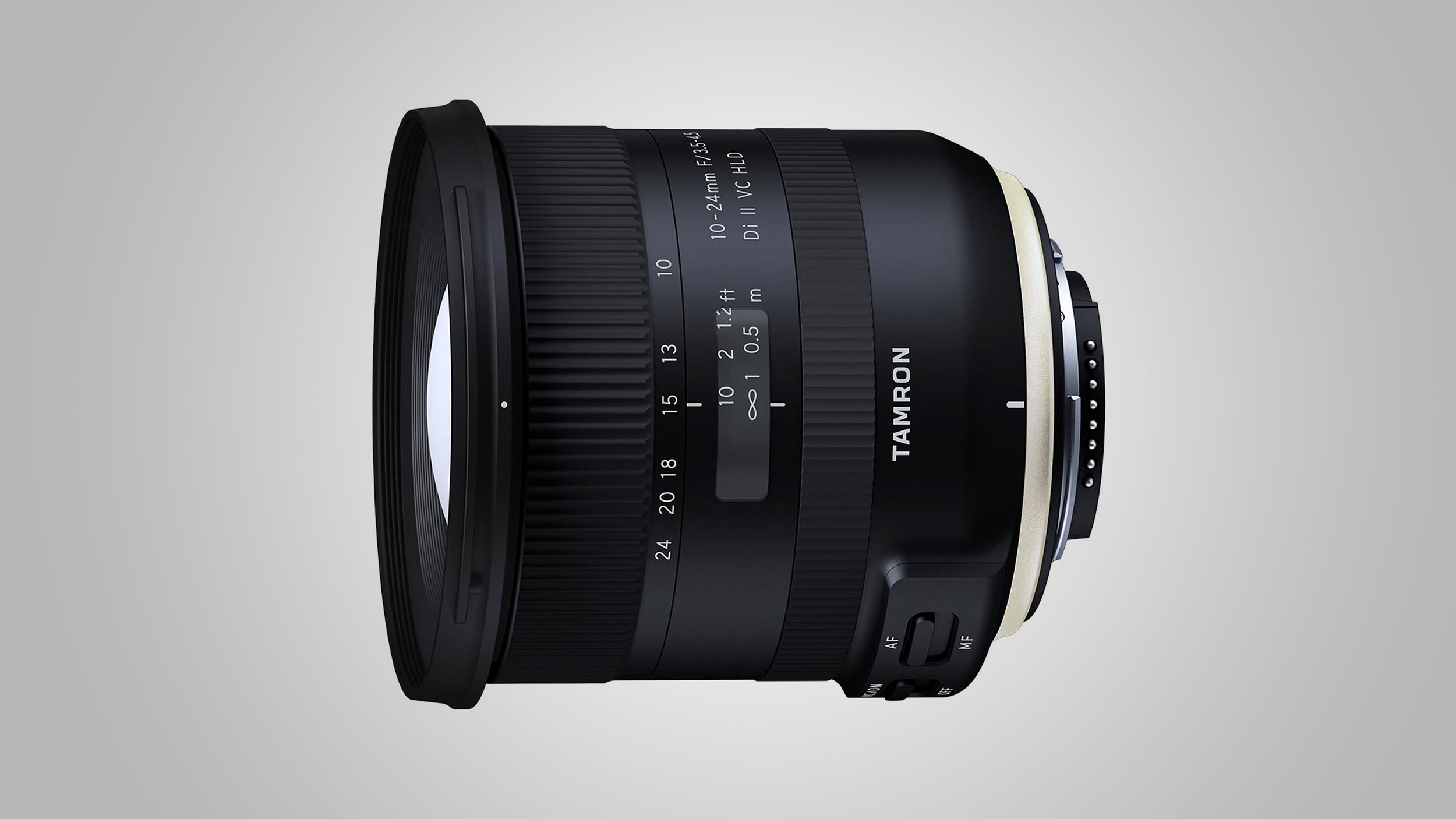
The original Tamron 10-24mm gave the biggest outright zoom range of any ultra-wide lens for APS-C format Canon cameras. This major revamp boasts upgraded optical elements, a new HLD (High/Low toque-modulated Drive) autofocus system and the addition of VC (Vibration Compensation) stabilization. Overall build quality is better as well, with added attractions of a weather-sealed mounting plate and fluorine coating on the front element. The lens comes complete with a hood and is compatible with Tamron’s optional USB docking station, for applying customization and firmware updates. Autofocus is quicker and quieter than in the original lens, and unerringly accurate. Sharpness and contrast are impressive, right down to the very shortest zoom setting, colour fringing is minimal and distortions are well controlled for an ultra-wide zoom. All in all, it’s a top performer.
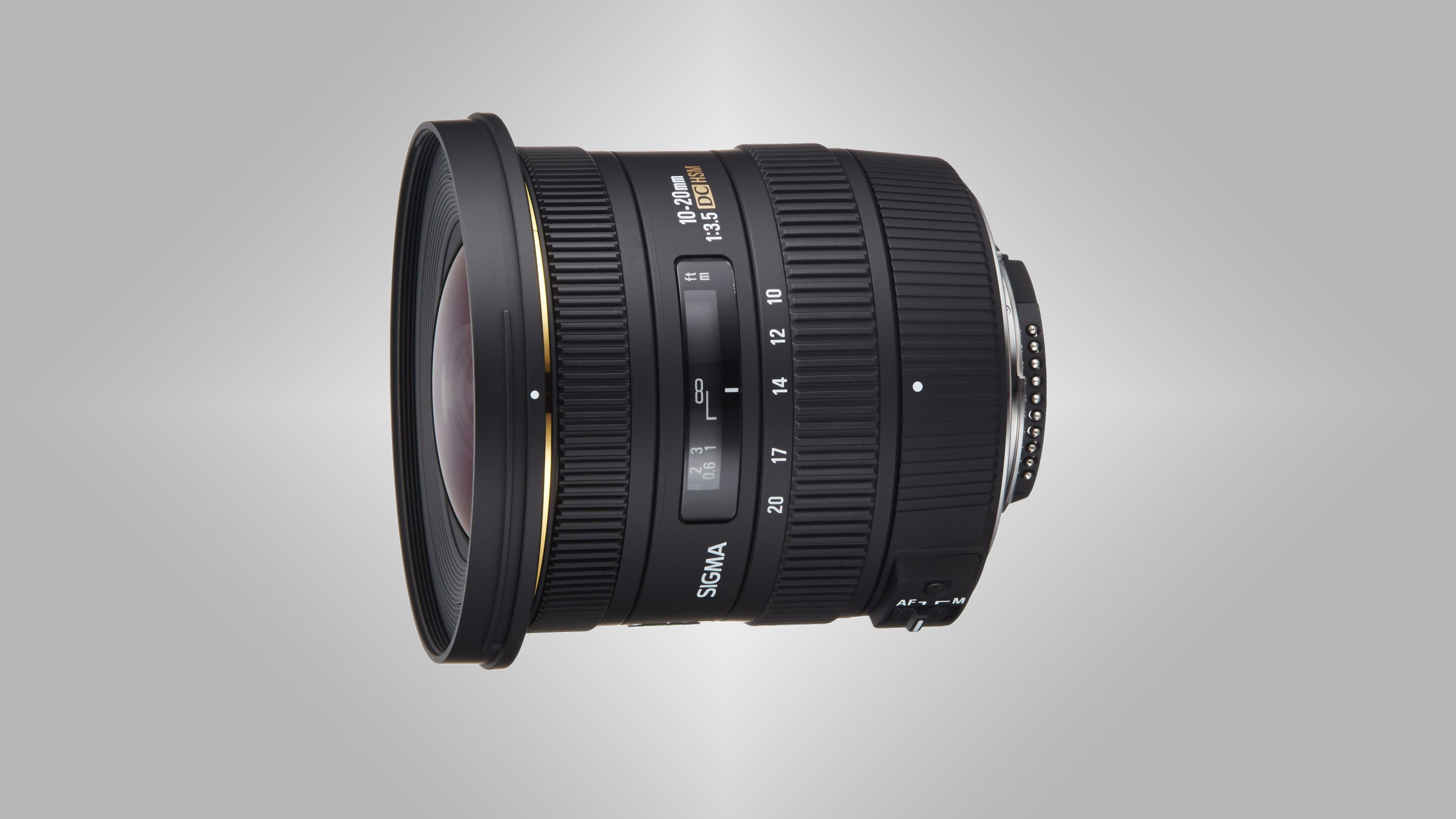
This lens is newer, bigger and better than Sigma's original 10-20mm. A notable difference is that it has a constant f/3.5 maximum aperture, rather than a variable aperture rating that shrinks at longer zoom settings. It's a high-grade lens with fast and quiet ring-type ultrasonic autofocus and a seven-blade diaphragm. The build is quite chunky, with a comparatively large 82mm filter thread. Sharpness and contrast are excellent, and very consistent throughout the zoom range. Colour fringing is very well controlled, and distortion is only really noticeable towards the shortest end of the zoom range. It’s a superb lens that's great value for money.
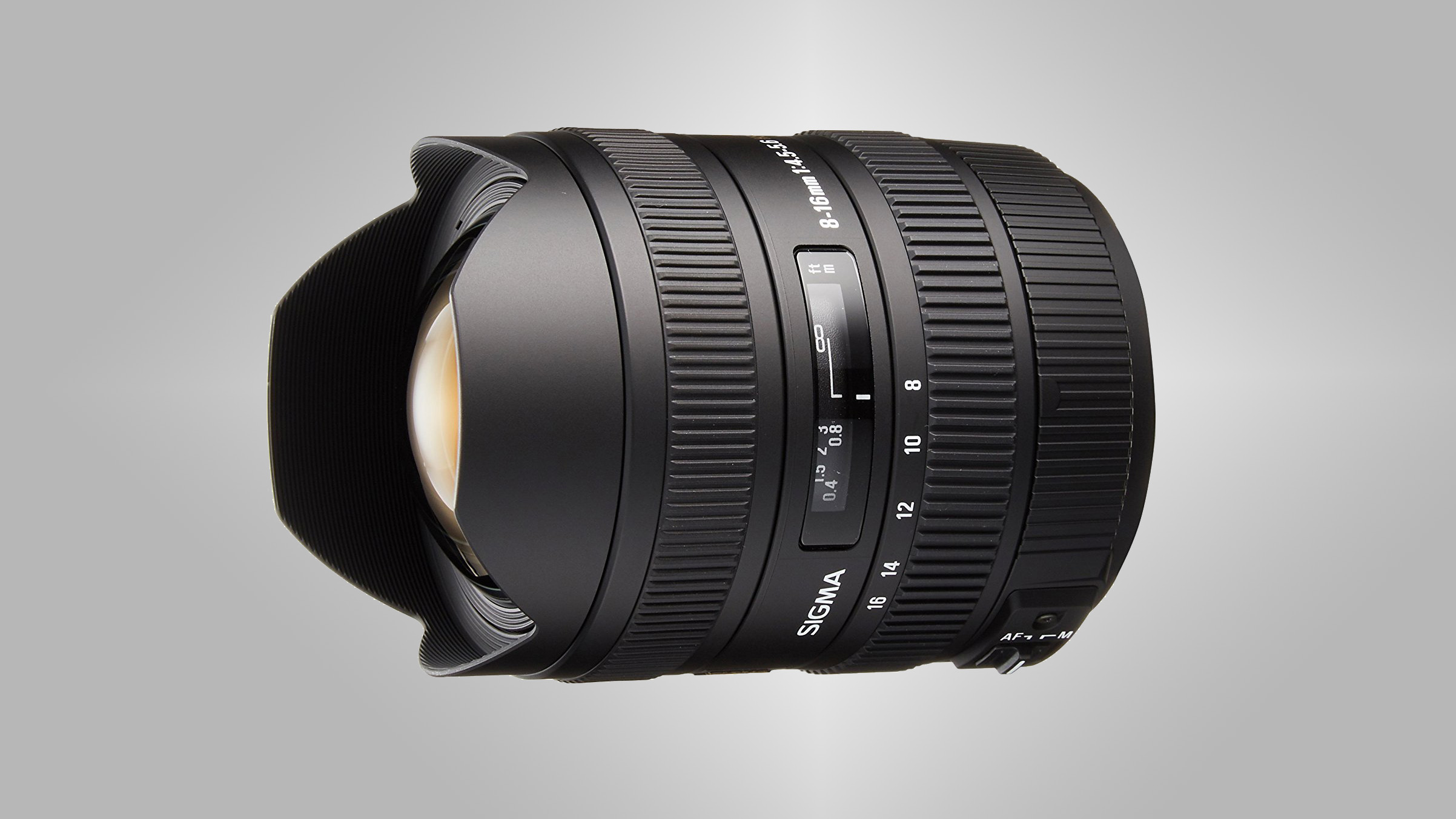
For really maximizing your ultra-wide viewing angle, look no further than this Sigma 8-16mm. Compared with most competing lenses that shrink to a 10mm focal length, the subtraction of 2mm at the short end of the zoom range makes a huge difference to the angle of view. Physically, the Sigma 8-16mm is quite long because the hood is built into the lens barrel. Build quality is very good, with a smooth-acting zoom ring and ring-type ultrasonic autofocus system. One downside of the ultra-wide angle of view is that barrel distortion at the short end of the zoom range is more noticeable but this lens is unbeatable for squeezing more into the frame, and for really exaggerating perspective.

Canon has launched several compact, lightweight zoom lenses that feature STM (stepping motor) autofocus and image stabilization. The lightweight theme stretches to the mounting plate, which is made from plastic rather than metal. The STM system delivers fairly rapid autofocus for stills, along with smooth and virtually silent autofocus transitions when shooting movies, while the 'fly by wire' focus ring is smooth and precise in operation. The 10-18mm zoom range makes sense, as it gives a wide angle of view at the short end, and matches the 18mm starting point of standard kit zooms at the long end. Sharpness is good, beating that of Canon's long-established 10-22mm lens at both ends of the zoom range, and it’s much less expensive to buy.
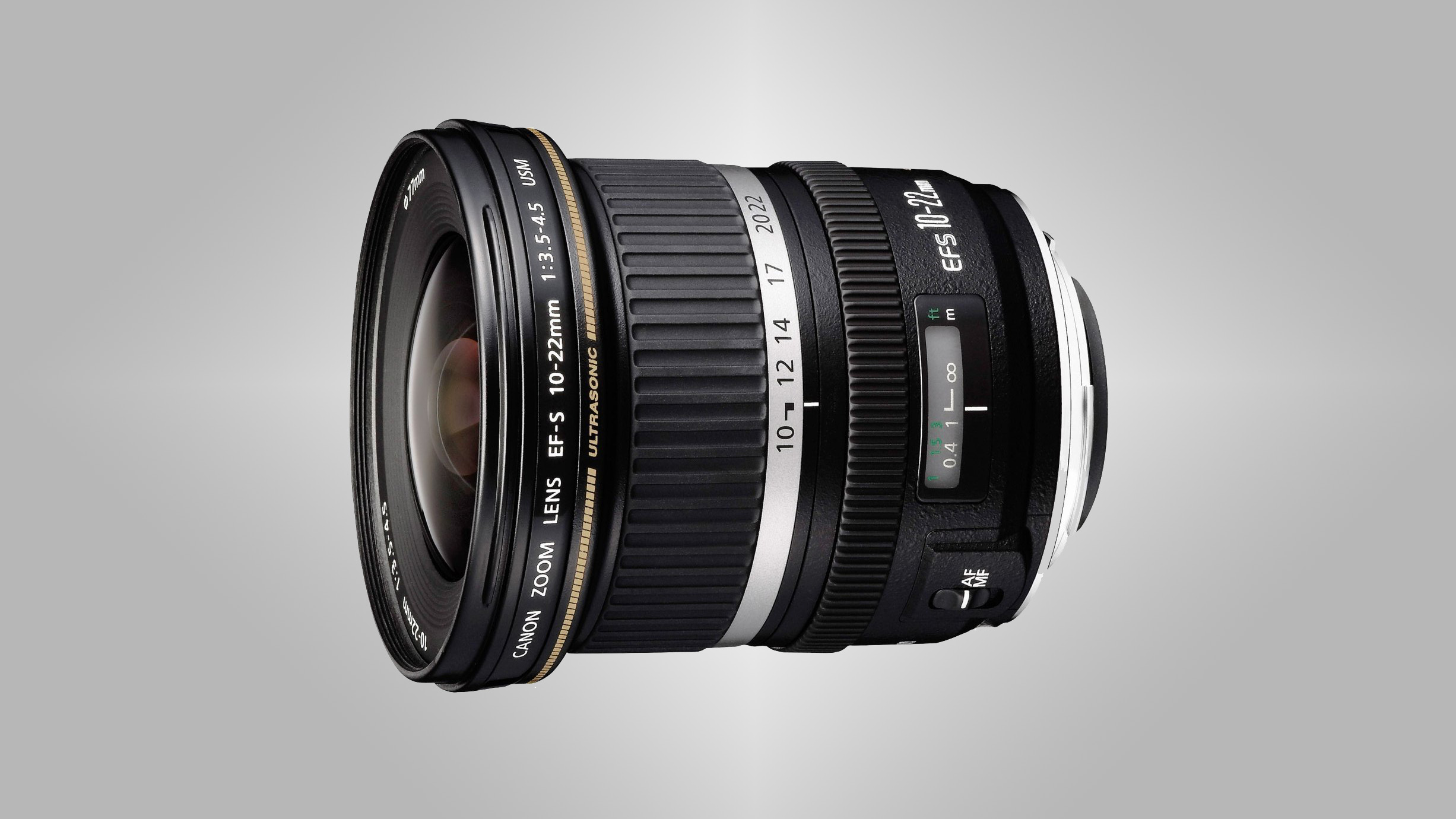
This was the first ‘EF-S’ ultra-wide zoom that Canon launched for its APS-C format DSLRs, and it’s still going strong. Despite the addition of the EF-S 10-18mm IS STM lens to the line-up, the 10-22mm remains the better built and more upmarket option. It feels a quality item, and includes ring-type ultrasonic autofocus, plus a focus-distance scale that’s lacking on the cheaper 10-18mm lens. This can be a big help for setting the hyperfocal distance for maximizing depth of field, and for zone focusing, which is especially popular in street photography. However, the 10-22mm lacks image stabilization and outright sharpness is a little disappointing, especially towards the edges and corners of the image frame.
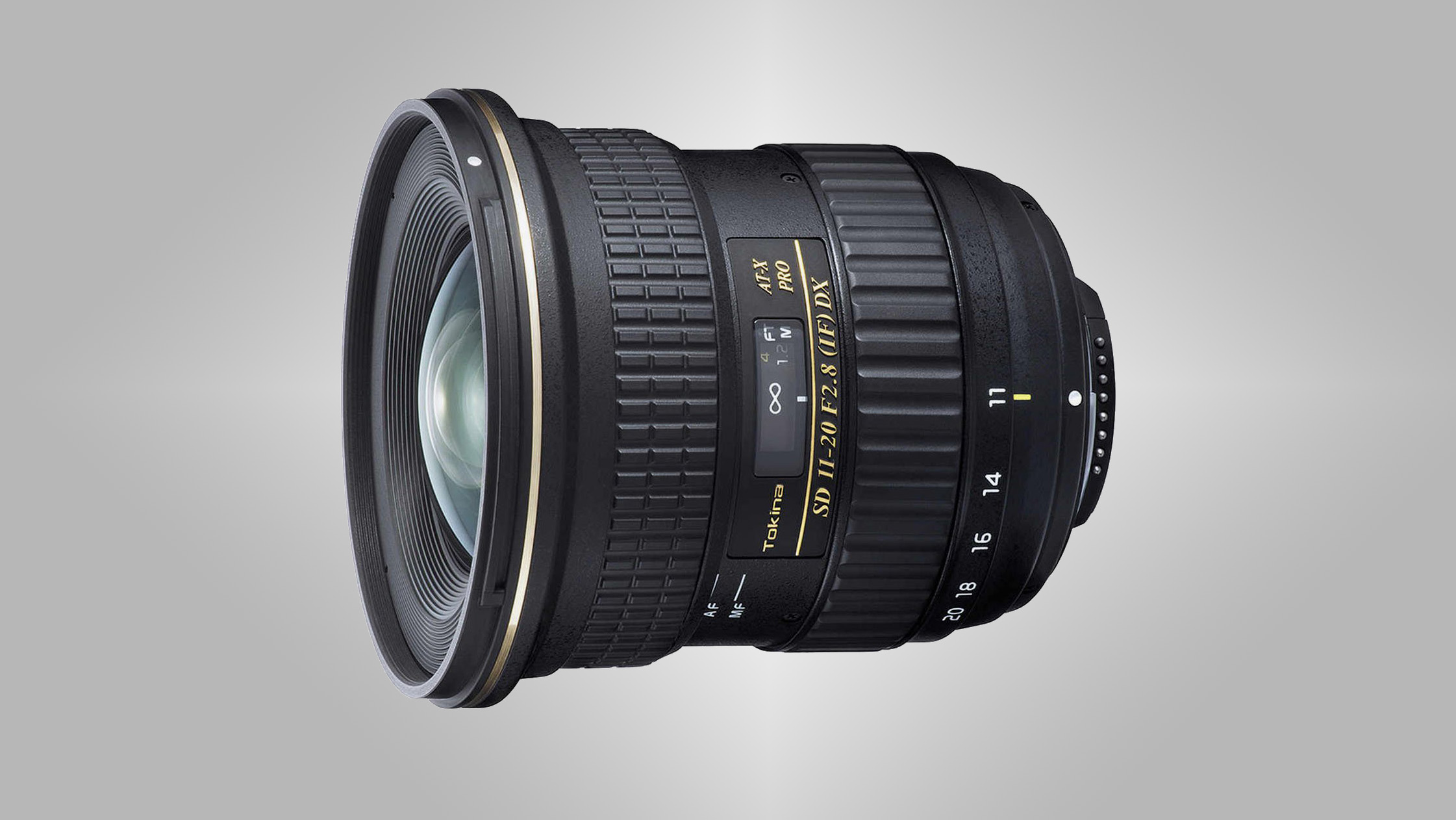
Tokina’s 11-16mm ultra-wide zoom lens became something of a classic in the early days of APS-C format DSLRs. It delivered very pleasing image quality and had a robust construction, although its outright zoom range was distinctly limited. This newer lens retains the same 11mm shortest focal length, but boosts the longest zoom setting from 16mm to 20mm. A major attraction is the lens’s fast f/2.8 aperture, which remains available throughout the entire zoom range. As a consequence, however, the filter thread is relatively large, at 82mm in diameter. Image quality is good with impressive sharpness, but autofocus is relatively slow and noisy compared with most current lenses. A typical Tokina design feature is that you can slide the focus ring forwards and backwards to engage auto or manual focus modes.
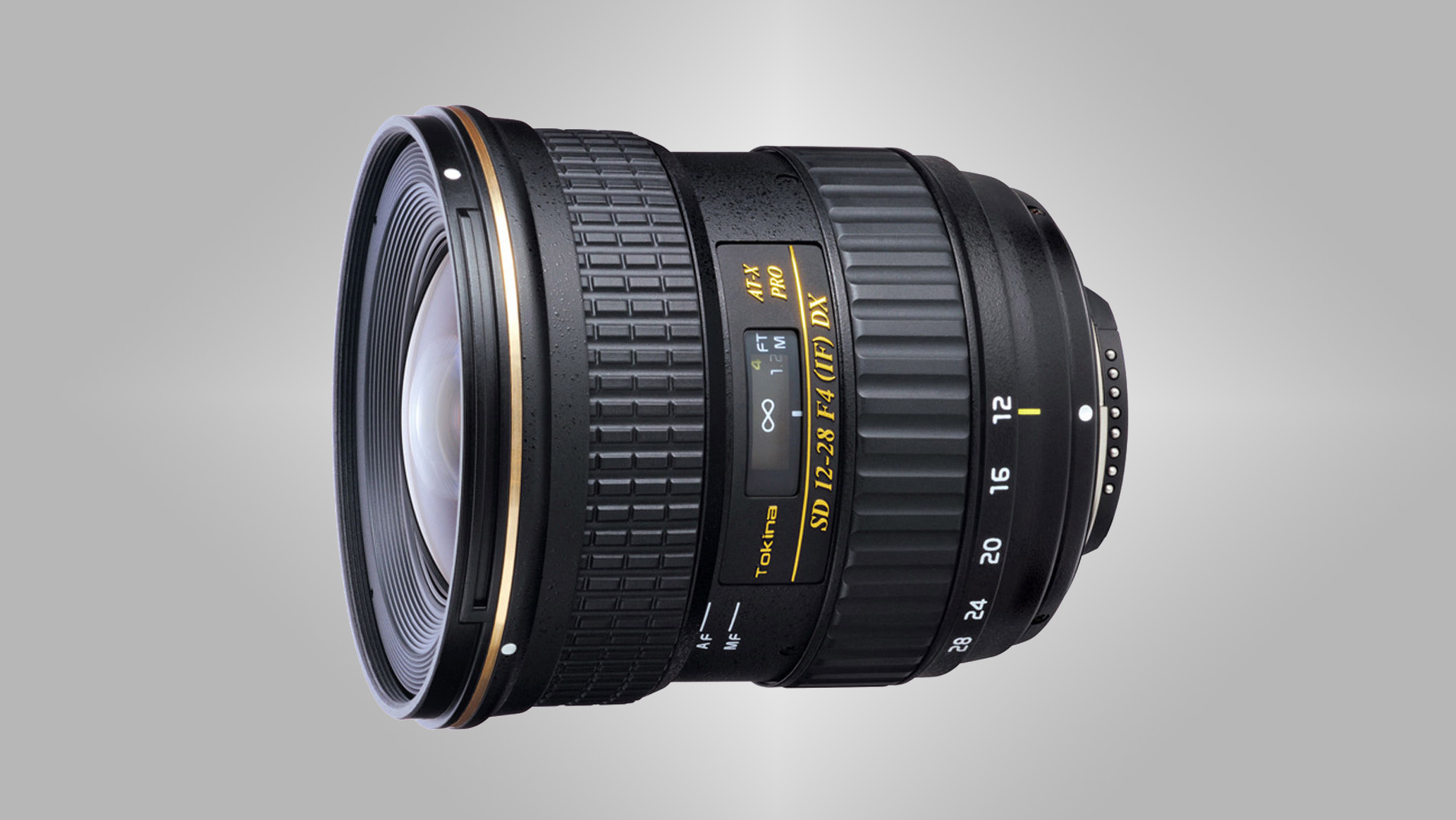
For a long time this has been the official Canon super-wide-angle zoom for its APS-C DSLRs, and although it’s now been joined by the new EF-S 10-18mm STM lens, the 10-22mm remains the pricier, more upmarket option. Now 10 years old, the lens still feels like a quality item, and includes ring-type ultrasonic autofocus and a focus-distance scale mounted beneath a viewing window. We have, however, experienced poor sharpness from this lens in the past. The sample we tested this time proved better at the frame centre with apertures around f/8, yet sharpness was still disappointing towards the edges and corners, especially at larger apertures, where vignetting was also noticeable.
With the relentless march of extra megapixels into full-frame image sensors, it’s good to have an ultra-wide zoom that pays attention to detail. Our top seven lenses are mostly recent designs that aim for excellent sharpness, right across the frame and into the corners.
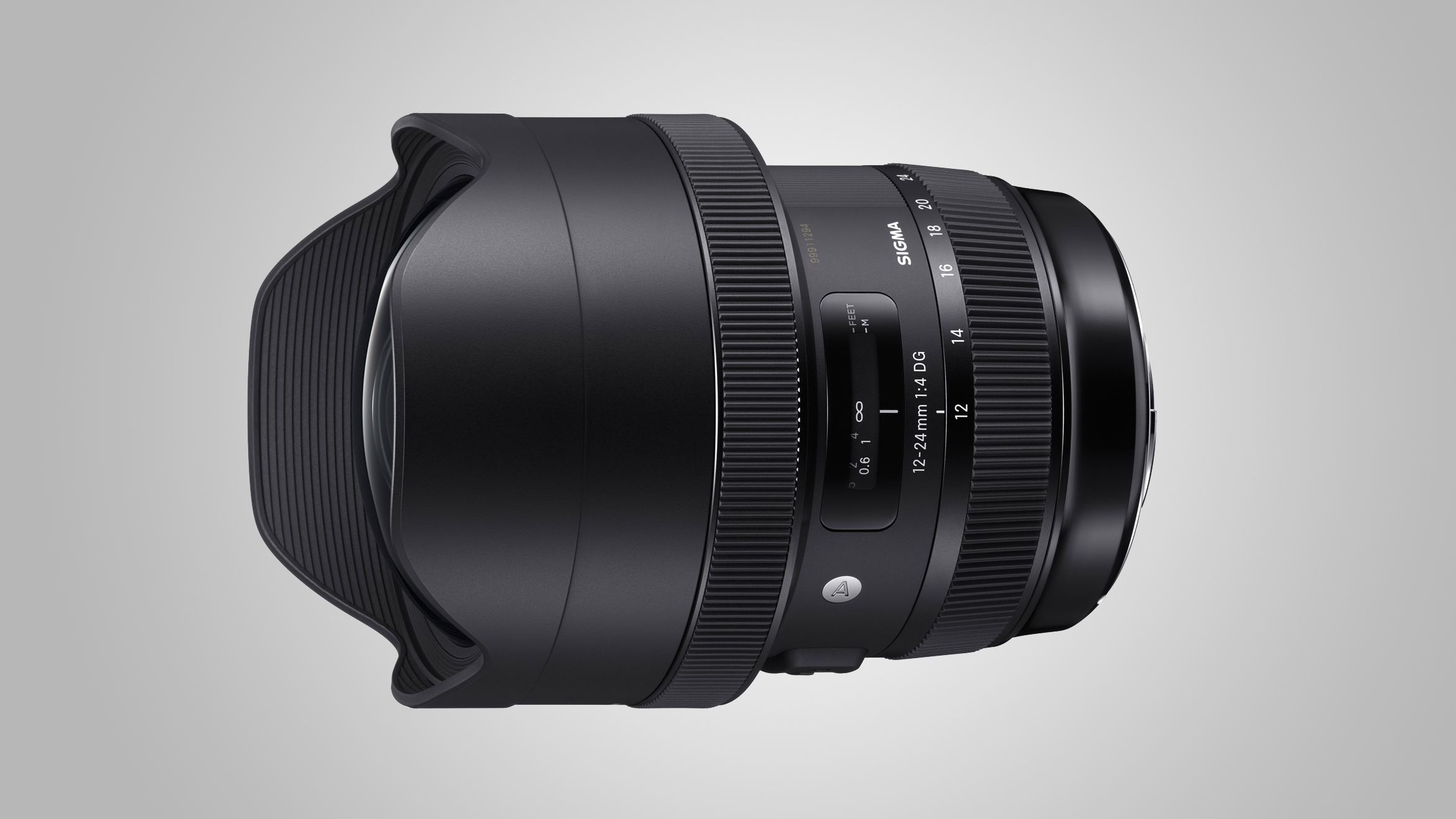
The ‘Art’ edition of Sigma’s 12-24mm lens represents a significant upgrade over the previous Mk II model. The variable f/4-5.6 rating of the older lens has been replaced by a constant f/4 aperture, and the improved optical path includes an extra-large-diameter aspherical element at the front of the lens, along with no less than five top-grade FLD (Fluorite-grade Low Dispersion) elements. Fluorine coatings are applied to the front and rear elements, and the mounting plate is weather-sealed. The ring-type ultrasonic autofocus system has also been uprated, with added torque for faster performance, and the lens is compatible with Sigma’s optional USB Dock for applying customization and firmware updates. As for image quality, the new lens delivers greater sharpness, remarkably little colour fringing and minimal distortions for this type of lens. Overall, it’s a spectacular performer.

Canon markets some superb ultra-wide zoom lenses for its full-frame DSLRs. Until recently, however, the only option shorter than 16mm was the EF 8-15mm f/4, which is a fisheye rather than rectilinear lens. Compared with a 16-35mm lens, the 5mm reduction in minimum focal length has a huge impact on the maximum viewing angle. This is actually the most ‘wide-angle’ zoom you get for Canon full-frame DSLRs. As usual for such an ultra-wide lens, the bulbous front element is shielded by a built-in petal shaped lens hood. A lens cap fits over the hood to protect the precious glass in transport. Handling and image quality are excellent but the Canon loses out slightly to the Sigma 12-24mm Art lens for control over colour fringing and distortion.

This Tamron lens doesn't go quite as wide as the Canon 11-24mm, but it's still wider than most. Tamron has developed a line of 'fast' zoom lenses that have a constant, wide f/2.8 aperture, complete with image stabilization (VC, Vibration Compensation), and this 15-30mm takes the line-up into ultra-wide-angle territory. Other similarities include impressive build quality, a weather-sealed construction and ring-type ultrasonic autofocus. It's a big lens but feels well balanced on Canon full frame bodies from the EOS 6D Mark II to the EOS-1D X Mark II and handling is excellent. Sharpness is exemplary from the centre to the extreme edges of images, throughout the zoom range. Colour fringing is controlled well and the stabilizer gives a four-stop benefit.
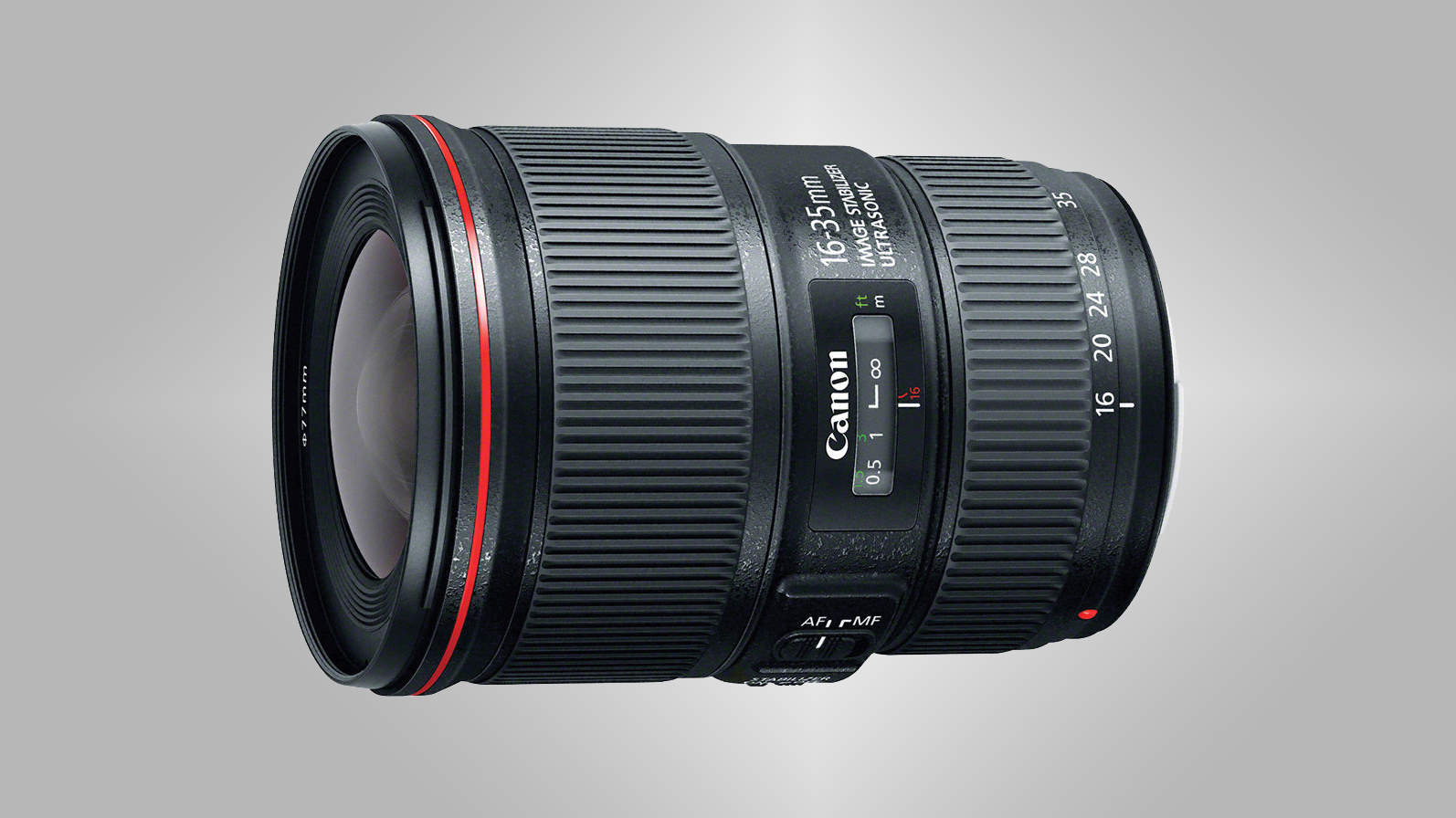
On the face of it, the narrower aperture rating of this lens compared to Canon’s 16-35mm f/2.8 might make it seem less desirable, but the weather-sealed build and handling are similarly impressive. Bonuses include a more compact and lightweight form factor, an attachment thread for easy use of filters, and the addition of a four-stop image stabilizer. Centre-sharpness is fabulous throughout the zoom range, even at the widest f/4 aperture. Sharpness is also retained well towards the edges, but drops off a bit more than usual at the extreme corners of the frame. There's very little colour fringing and overall performance is excellent, making this lens a smart buy at the price.
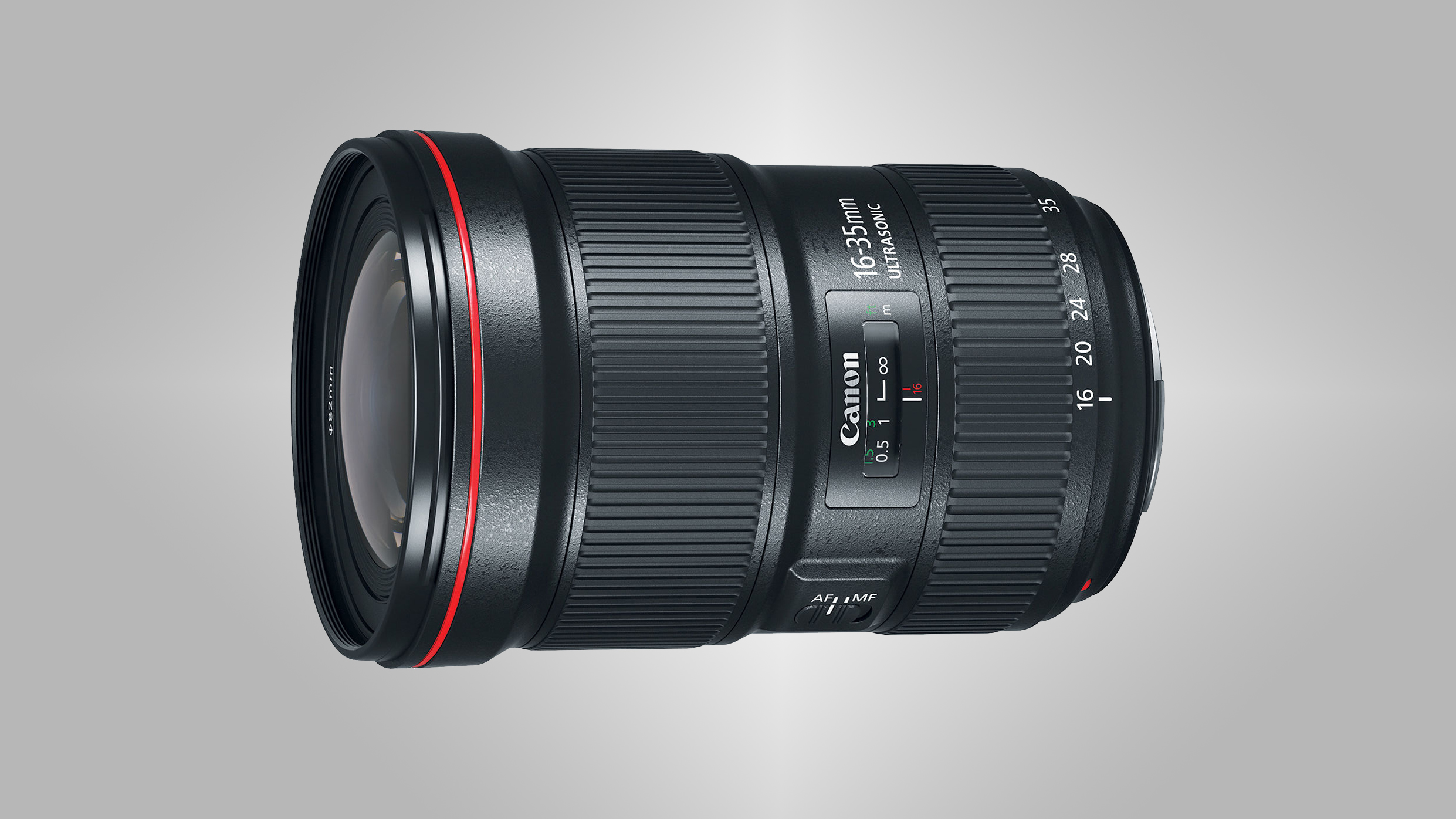
Like other L-series lenses in Canon's ultra-wide line-up, the 16-35mm f/2.8 is robust and features weather-seals. Its ring-type ultrasonic autofocus is fast and quiet, and the zoom and focus rings are silky-smooth in operation. This latest version is optically rather better than the Mark II edition, delivering excellent sharpness across the whole frame, along with superb contrast, even when shooting wide-open at f/2.8. However, sharpness and contrast aren’t significantly improved over the EF 16-35mm f/4L IS USM, and that lens also features image stabilization along with a more regular 77mm filter thread, compared with this lens's 82mm thread.
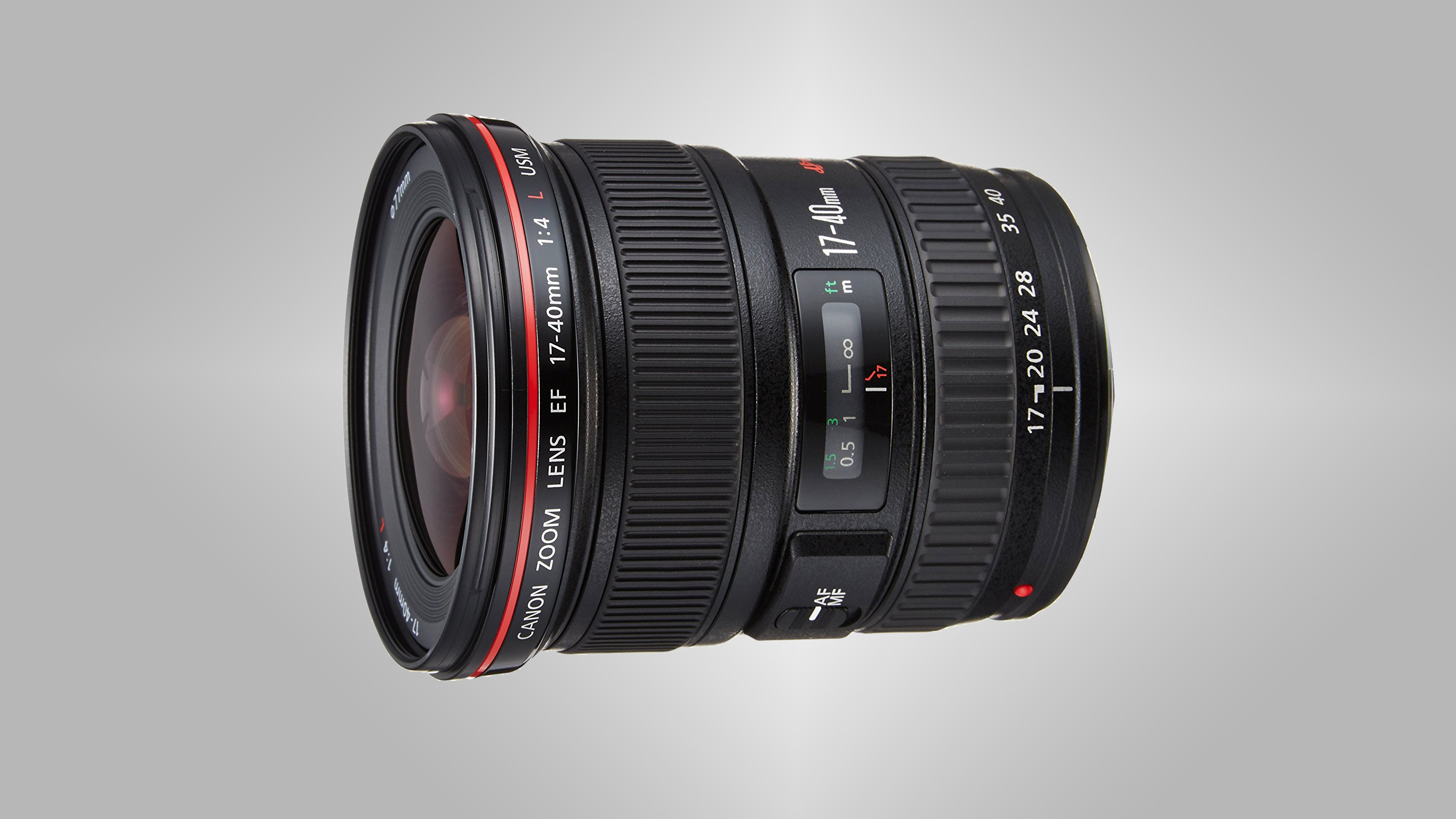
Like most (but not all) of Canon's up-market L-series lenses, this one features weather seals, including a rubber ring around the mounting plate to guard against the ingress of dust and moisture. It's one of the least ‘ultra-wide’ zooms in the line-up but is also the most affordable. Autofocus is very rapid and the manual focus ring is smooth and precise, both in manual focusing mode and during override of autofocus. The action of the zoom ring is similarly smooth. There’s no optical stabilizer in this lens, but sharpness is impressive even at the widest aperture of f/4, which remains available throughout the entire zoom range. There's some vignetting (darkening of image corners) but it's no worse than average for this type of lens, and in-camera corrections are available in recent Canon DSLRs.
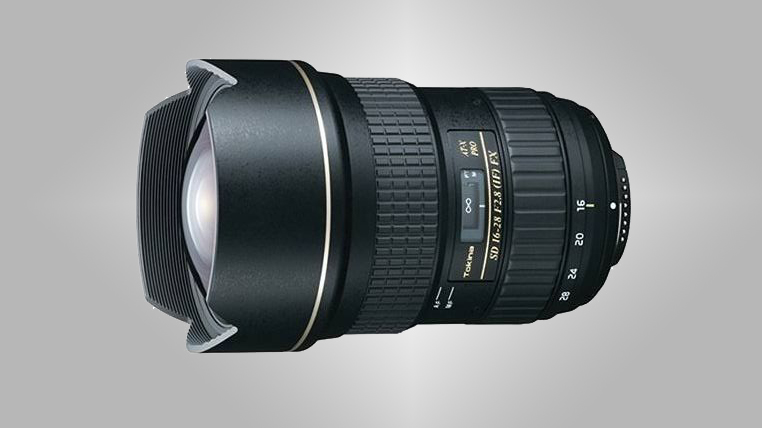
This is a large and heavy ultra-wide zoom, typical of those with an f/2.8 constant aperture rating. It employs a GMR (Giant Magnetoresistance) autofocus module which, according to Tokina, gives faster, quieter autofocus. That’s certainly true compared with some of Tokina's older lenses, and this one retains the trademark 'one-touch focus clutch'. It’s essentially a push-pull mechanism coupled to the focus ring, for switching between autofocus and manual focus. Handling and image quality are very good, with high levels of centre sharpness and well-restrained colour fringing, although the corners could be sharper. As with a growing number of competing lenses, there’s a built-in hood but no filter attachment thread.
You need the right tools for any job, and that’s especially true when it comes to ultra-wide zooms for ‘DX’ format Nikon cameras. Thankfully, there’s a healthy selection of lenses on offer that are tailor-made for DSLRs with APS-C format image sensors.

A major revamp of Tamron original 10-24mm lens, this one boasts upgraded optics, a new HLD (High/Low toque-modulated Drive) autofocus system and the addition of VC (Vibration Compensation) stabilization. Overall build quality is better as well, with added attractions of a weather-sealed mounting plate and fluorine coating on the front element. The lens comes complete with a hood and is compatible with Tamron’s optional USB docking station, for applying customization and firmware updates. Autofocus is quicker and quieter than in the original lens, and the focus ring no longer rotates during autofocus. Sharpness and contrast are impressive, right down to the very shortest zoom setting. Colour fringing is minimal and distortions are well controlled for an ultra-wide zoom. All in all, it’s a top performer. One thing to watch out for, however, is that the electromagnetic aperture control system is incompatible with older Nikon DSLRs, including the D1, D2, D40, D40s, D60, D70, D70s, D80, D90, D100, D200, D3000 and D5000.

This lens is newer, bigger and better than Sigma's original 10-20mm. A notable difference is that it has a constant f/3.5 maximum aperture, rather than a variable aperture rating that shrinks at longer zoom settings. It's a high-grade lens with fast and quiet ring-type ultrasonic autofocus. The build is quite chunky, and features a large 82mm filter thread. Sharpness and contrast are excellent, and very consistent throughout the zoom range. Colour fringing is well controlled, and distortion is only really noticeable towards the shortest end of the zoom range. It’s a star buy that's great value for money.

For really maximizing your viewing angle, look no further than this Sigma 8-16mm. Compared with most competing lenses that shrink to a 10mm focal length, the subtraction of 2mm at the short end of the zoom range makes a huge difference. Physically, the Sigma 8-16mm is quite long because the hood is built into the lens barrel. Build quality is very good, with a smooth-acting zoom ring and ring-type ultrasonic autofocus system. One downside of the ultra-wide angle of view is that barrel distortion at the short end of the zoom range is rather noticeable but this lens is unbeatable for squeezing more into the frame, and for really exaggerating perspective.

As with many own-brand lenses from camera manufacturers, the Nikon 10-24mm is expensive compared to independently manufactured lenses with similar specifications. In its favour, this Nikon has a class-leading 2.4x zoom range, which it shares with the Tamron 10-24mm lens. The Nikon's build quality and construction is good, with ring-type ultrasonic autofocus which delivers fast, snappy AF. Handling is excellent. The medium-aperture sharpness is no more impressive than in most other rival lenses, but the Nikon does retain sharpness at wide apertures particularly well, and stays sharp into the corners of the frame. Vignetting is also quite well controlled. If you want to stick with Nikon and want a more affordable alternative, take a look at the new AF-P 10-20mm f/4.5-5.6G VR (below).
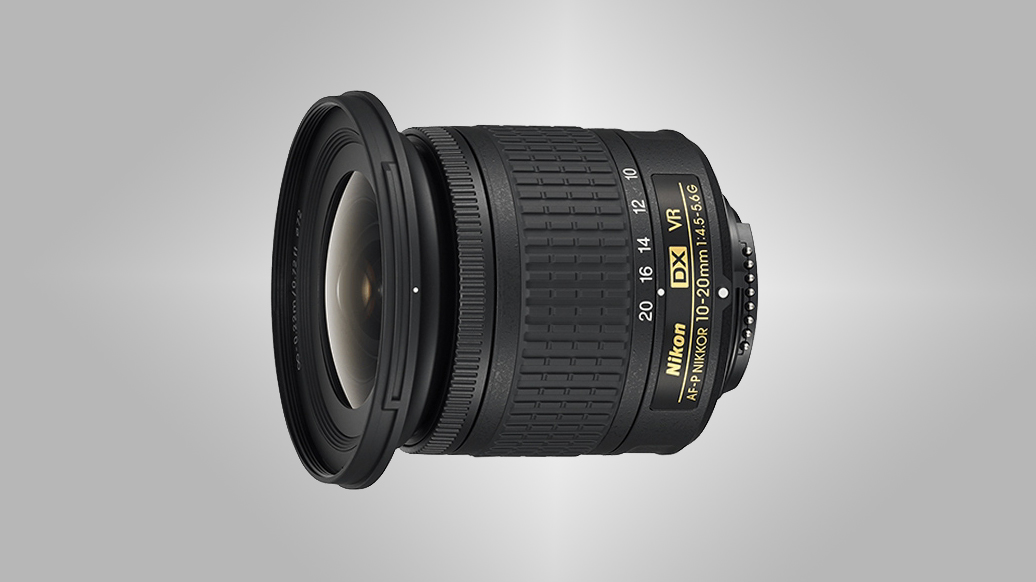
Comparatively small and only about half the weight of most DX format ultra-wide zooms, this is a smart choice for travel photography. The inclusion of VR stabilization also means that you’re less likely to need to carry a tripod, even for shooting under very dull lighting conditions or indoors. The AF-P (Pulse motor) autofocus system is virtually silent and enables smooth focus transitions during video shooting, as well as fairly speedy performance for stills. However, in many older cameras up to and including the D7000, D5200 and D3200, neither autofocus or manual focus is possible. This budget lens matches the pricier Nikon 10-24mm for sharpness at short to medium zoom settings, but lags behind at 20mm. Colour fringing and barrel distortion are also quite noticeable, unless corrected in-camera or during post-shoot editing.

Tokina’s 11-16mm ultra-wide zoom lens became something of a classic in the early days of APS-C format DSLRs. It delivered very pleasing image quality and had a robust construction, although its outright zoom range was distinctly limited. This newer lens retains the same 11mm shortest focal length, but boosts the longest zoom setting from 16mm to 20mm. Another major attraction is the lens’s fast f/2.8 aperture, which remains available throughout the entire zoom range. As a consequence, however, the filter thread is relatively large, at 82mm in diameter. Image quality is good with impressive sharpness, but autofocus is relatively slow and noisy compared with most current lenses. A typical Tokina design feature is that you can slide the focus ring forwards and backwards to engage auto or manual focus modes.

With a minimum focal length of 12mm, this Tokina lens can't deliver quite such a wide viewing angle as most of its rivals, but it does offer a longer maximum zoom setting. This makes it more of an all-rounder that you could keep on your camera for more of the time. It feels reassuringly robust and has Tokina's recently introduced SD-M (Silent Drive-Module) autofocus, which is based on a GMR (Giant Magneto Resistance) system. It still lacks full-time manual override, but you can quickly switch between AF and MF via a simple push-pull mechanism for the focus ring. The amount of barrel distortion is disappointing at the shortest zoom setting, but it's practically non-existent at the long end of the zoom range. Sharpness is pretty reasonable but not overly impressive.
Nikon’s own-brand lenses are up against some stiff competition when it comes to ultra-wide zooms for FX-format (full-frame) cameras. If you’re upgrading from an APS-C format camera body, you can continue to shoot with a DX-format ultra-wide lens in ‘crop mode’, which only uses the central portion of a full-frame camera’s image sensor, but it’s a poor substitute for shooting with the right format of lens.

The ‘Art’ edition of Sigma’s 12-24mm lens represents a significant upgrade over the previous Mark II model. The variable f/4-5.6 rating of the older lens has been replaced by a constant f/4 aperture, and the improved optical path includes an extra-large-diameter aspherical element at the front of the lens, along with no less than five top-grade FLD (Fluorite-grade Low Dispersion) elements. Fluorine coatings are applied to the front and rear elements, and the mounting plate is weather-sealed. The ring-type ultrasonic autofocus system has also been uprated, with added torque for faster performance, and the lens is compatible with Sigma’s optional USB Dock for applying customization and firmware updates. As for image quality, the new lens delivers greater sharpness, remarkably little colour fringing and minimal distortions for this type of lens. Overall, it’s a spectacular performer.
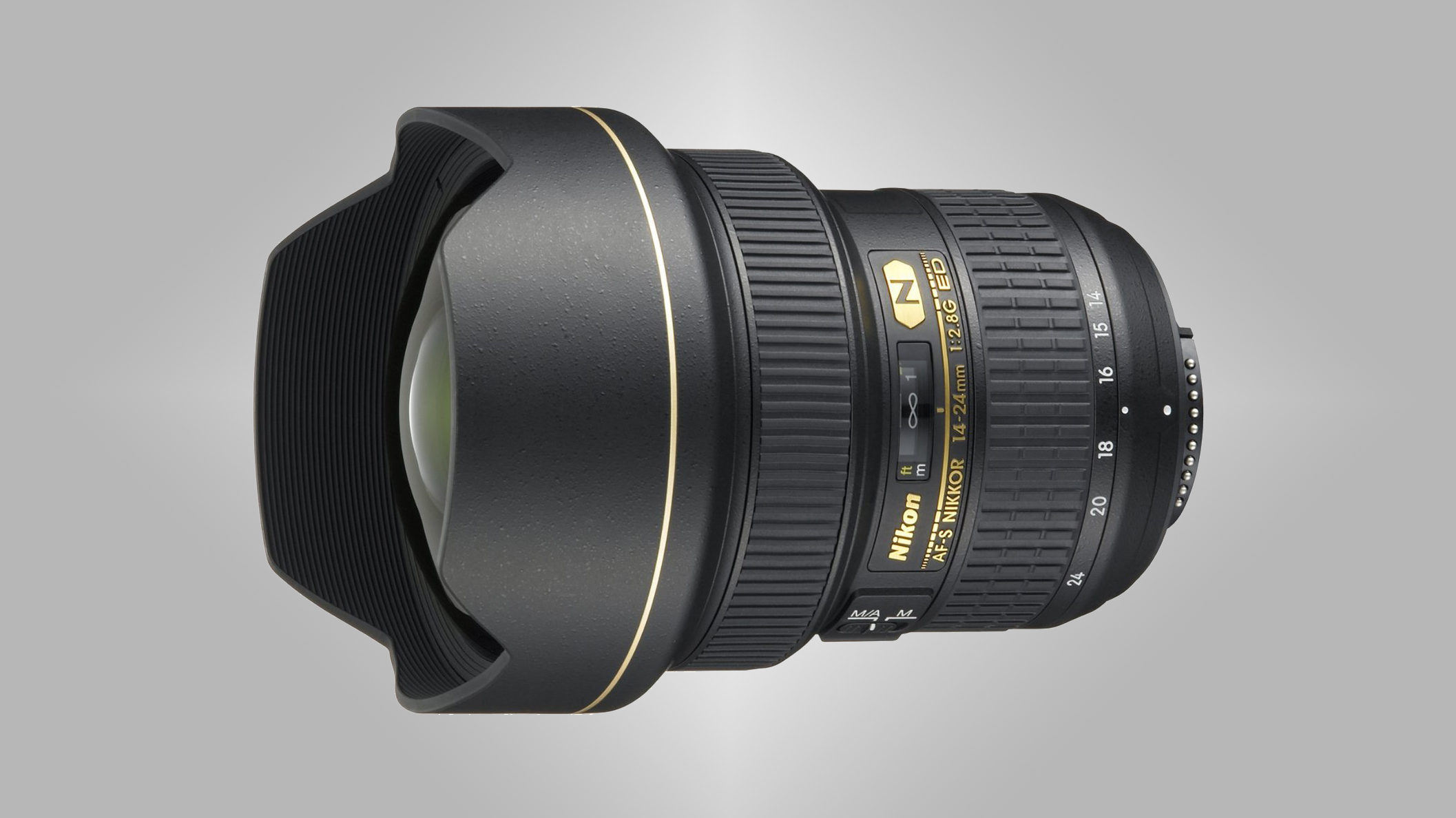
This is Nikon's top ultra-wide zoom for its full-frame DSLRs. It can’t compete with the Sigma 12-24mm lens for maximum viewing angle, but it’s not very far behind, and has a wider aperture rating of f/2.8. Image quality is superb, with excellent sharpness and contrast throughout the entire zoom range. Colour fringing is minimal, although not quite as negligible as in the Sigma 12-24mm Art lens. Barrel distortion at 14mm is noticeably worse than from the Sigma at its even shorter 12mm focal length. Autofocus performance is similarly rapid in both lenses.

This Tamron lens doesn't go quite as wide as Nikon's 14-24mm, but it's still wider than most. Tamron has developed a line of 'fast' zoom lenses that have a constant, wide f/2.8 aperture, complete with image stabilization (VC, Vibration Compensation), and this 15-30mm takes the line-up into ultra-wide-angle territory. Other similarities include impressive build quality, a weather-sealed construction and ring-type ultrasonic autofocus. It's a big lens but feels well balanced on Nikon full-frame bodies from the D750 to the top-flight D5, and handling is excellent. Sharpness is exemplary from the centre to the extreme edges of images, throughout the zoom range. Colour fringing is controlled well and the stabilizer gives a four-stop benefit.
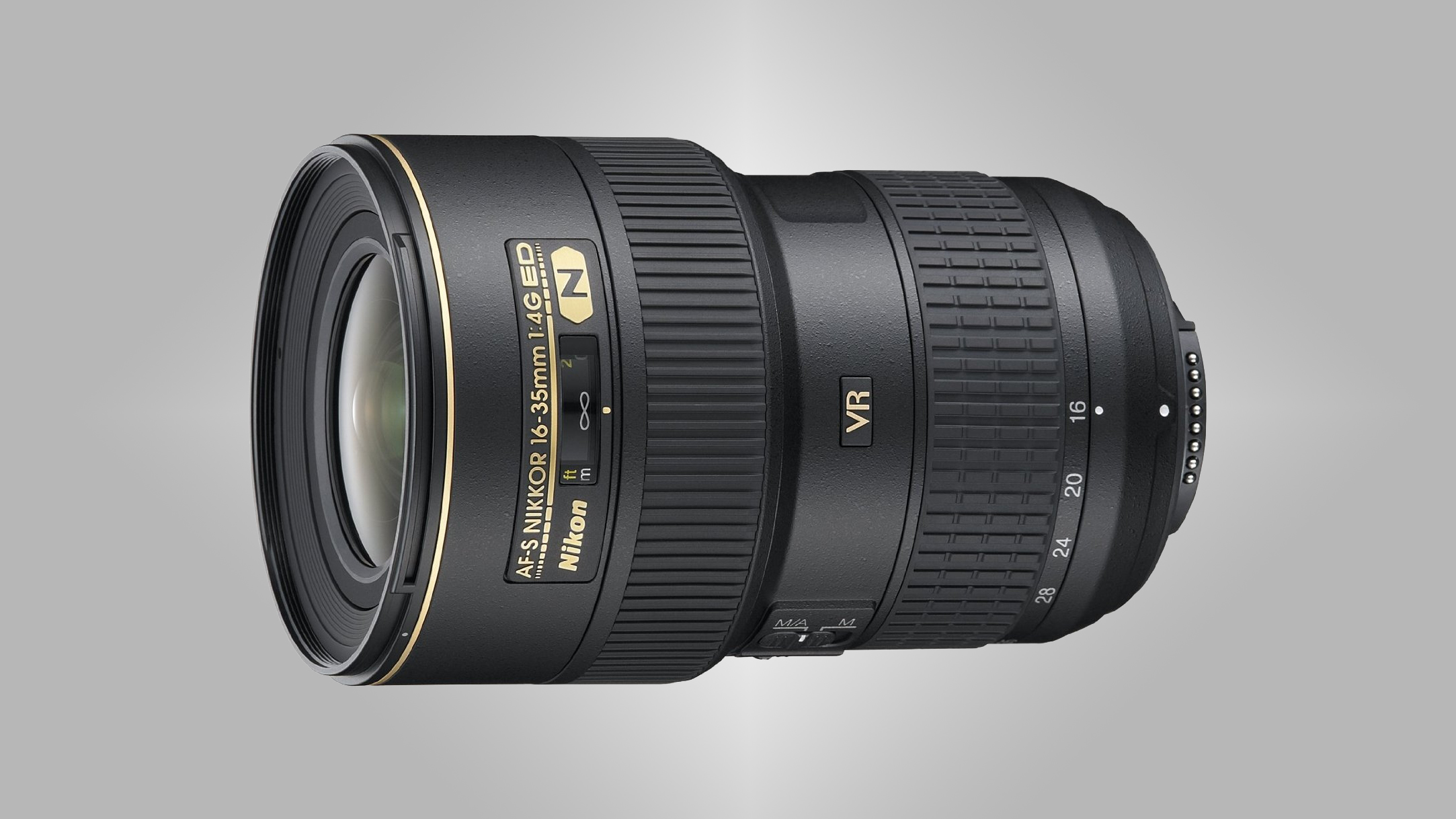
This was Nikon's first ultra-wide lens to feature image stabilization. It's based on Nikon's second-generation VR (Vibration Reduction) system, and gives a four-stop benefit in beating camera-shake. It can't match the focal range and maximum aperture of the Nikon 14-24mm or Tamron 15-30mm, but it has proved a popular, lighter alternative for landscape photographers – especially as you can easily fit filters via the 77mm attachment thread. Other attractions include ring-type ultrasonic autofocus, a weather-sealed mounting plate and fast, ring-type ultrasonic autofocus which is practically silent and enables full-time manual override. Image quality is good although barrel distortion is very noticeable at the 16mm focal length.
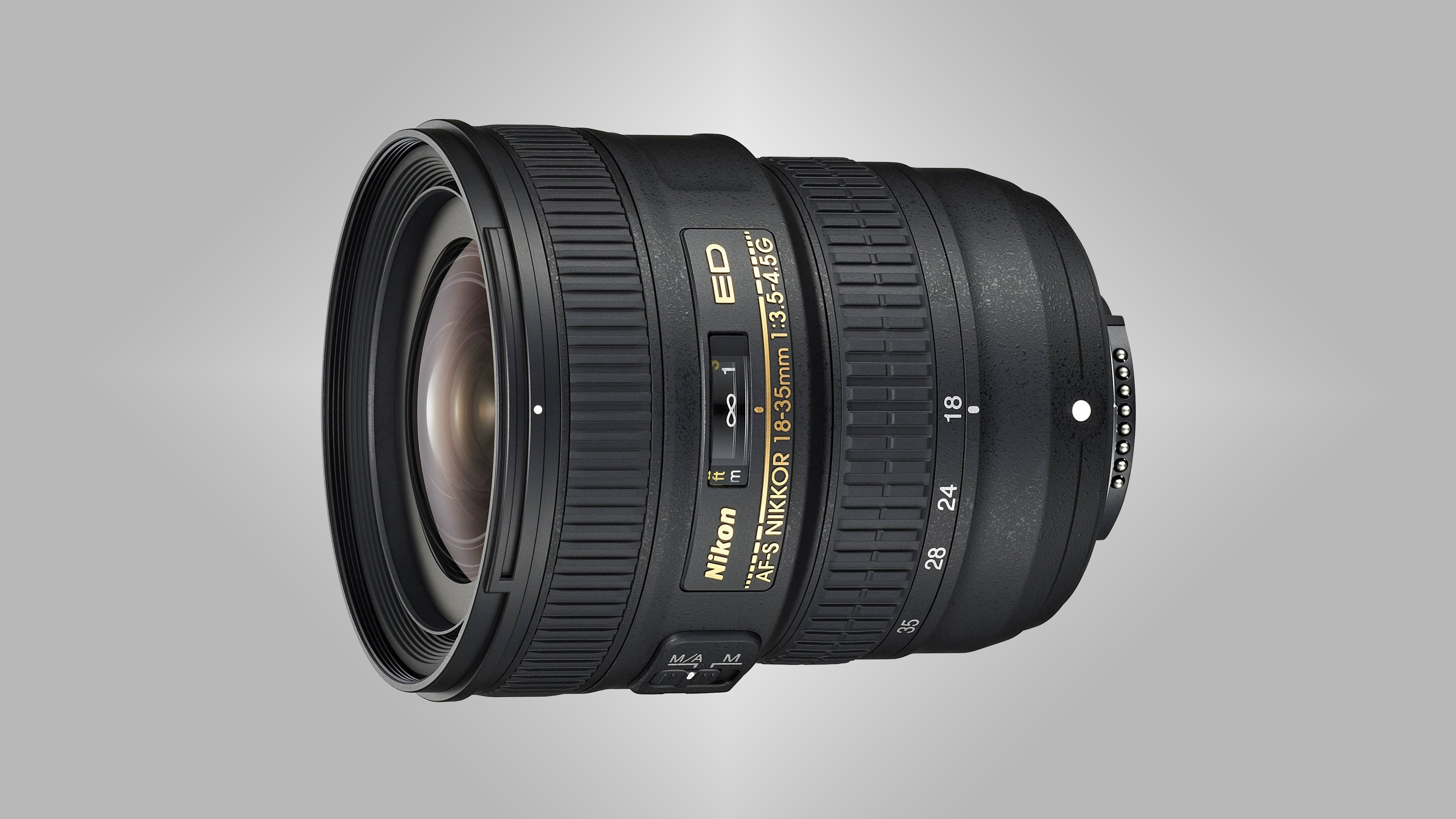
This variable-aperture zoom is smaller and cheaper than the Nikon 14-24mm and 16-35mm lenses, but you lose a little in maximum viewing angle. The lens also lacks the VR (Vibration Reduction) facility of the Nikon 16-35mm lens, although the overall build quality feels of an equally good standard. Another downgrade is that the 18-35mm lens has Nikon's Super Integrated Coating rather than Nano Crystal Coating, but its resistance to ghosting and flare is still pretty good. Chromatic aberration is very well controlled for a lens in this price bracket and fine detail is generally retained well even in the extreme corners of images. Even so, sharpness across the image frame isn't a match for the Nikon 16-35mm at the short end of the zoom range.

This is a large and heavy ultra-wide zoom, typical of those with an f/2.8 constant aperture rating. It employs a GMR (Giant Magnetoresistance) autofocus module which, according to Tokina, gives faster, quieter autofocus. That’s certainly true compared with some of Tokina's older lenses, and this one retains the trademark 'one-touch focus clutch'. It’s essentially a push-pull mechanism coupled to the focus ring, for switching between autofocus and manual focus. Handling and image quality are very good, with high levels of centre sharpness and well-restrained colour fringing, although the corners could be sharper. As with a growing number of competing lenses, there’s a built-in hood but no filter attachment thread.